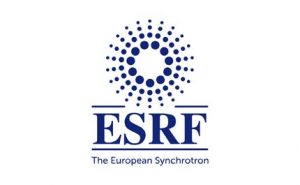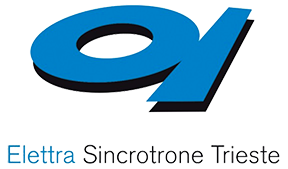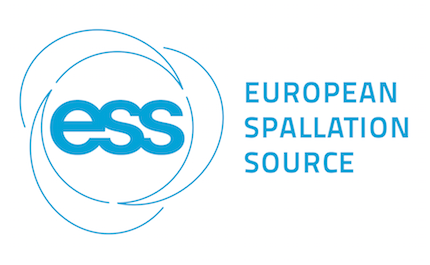Training materials
312 materials found
-
service
MAX IV Metadata Catalogue SciCat
Data management data management SciCat catalogue X-rays Photon science discovery PaN PaNOSC
-
service
AiiDAlab Quantum ESPRESSO app
Materials Science Computing Simulations Workflows login required
-
service
Materials Cloud Archive
Open data Materials Science Computing Simulations
-
service
ESRF VISA Service
 •• intermediateVISA compute hardware data analysis Data login required PaNOSC Virtual Research Environment
•• intermediateVISA compute hardware data analysis Data login required PaNOSC Virtual Research Environment -
service
Elettra Open Access Data Portal
open data Synchrotron PaN data management data discovery Data PaNOSC
-
service
PSI Data Portal
Synchrotron PaN SciCat ExPaNDS PaNOSC data management discovery
-
First steps in Python
•• intermediatePython programming -
documenation
PaNOSC Service Onboarding
PaNOSC services
-
documenation
Introduction to PaNOSC Services

-
service
PaN-Finder
PaN PaNOSC discovery portal data catalogue